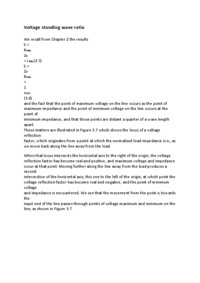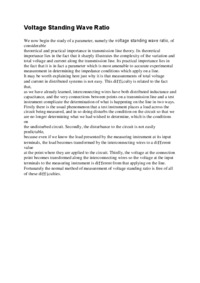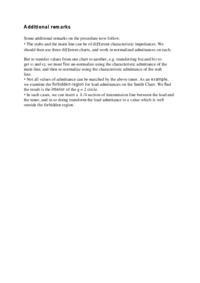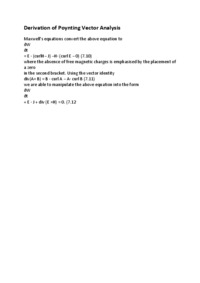Voltage standing wave ratio DMD - opracowanie
- Politechnika Śląska
- Fields lines and guides
Voltage standing wave ratio A quantity of considerable practical importance is the Voltage Standing Wave Ratio (VSWR) denoted by S. S = Vmax Vmin = |Vf | + |Vr| |Vf | − |Vr| . (2.84) If we divide by |Vf | and obtain the relations |Γv| = S − 1 S + 1 (2.85) and S = 1 + |Γv| 1 − |Γv| ...










